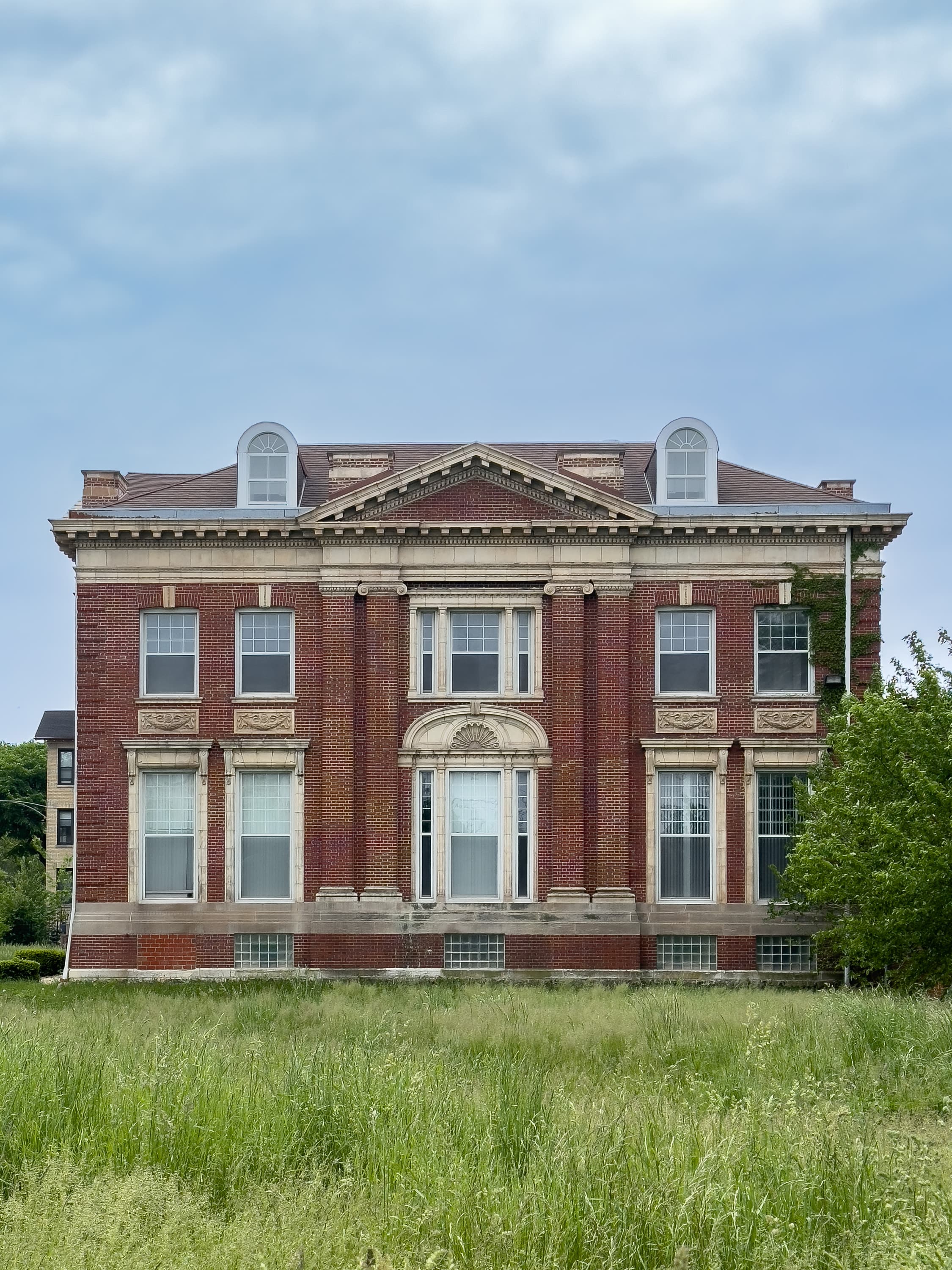Over 150 years of inspirational and collaborative leadership, the award-winning architecture practice of Shepley Bulfinch has influenced health and science design paradigms, from hospital campuses to teaching facilities. An education legacy with a specialization in library design has evolved to embrace a new commitment to housing and urban development for a regenerative and equitable future.
Since its inception in 1874, the firm’s work has been at the forefront of major social movements and moments in Chicago, and across the country. Beginning with the design of the Marshall Field Wholesale store in 1874 to completing a Master Plan for the University of Chicago Law School in 2010, the architecture firm has designed significant buildings that Chicagoans experience every day.

In 1874, Henry Hobson Richardson established his architecture practice in Brookline, Massachusetts. H.H. Richardson trained at the Ecole des Beaux-Arts in Paris and, in 1872, won the competition to design Trinity Church, in Boston’s Back Bay. Eschewing the formal Beaux-Arts classicism that was popular at the time, the church established a new style, Richardsonian Romanesque, which contrasts monumentality with nuance and unexpected details. Soon after, this approach was emulated across the country.
In 1886, Richardson unexpectedly passed away. He left his practice to three promising young architects. George Foster Shepley (26), Charles Allerton Coolidge (28), and Charles Hercules Rutan (35) were named as successors in Richardson’s bedside will, completing some of the country’s most renowned projects of its time between 1886 and 1915.

In 1893, the firm was commissioned to design two significant buildings in Chicago: The Art Institute of Chicago and the Chicago Public Library, known today as the Chicago Cultural Center. Both projects built on Richardson’s commitment to artistic collaboration, established with John La Farge on the decadent interiors of Trinity Church in Boston. The design of The Chicago Public Library established an ongoing working relationship with Louis Comfort Tiffany to create a stained-glass dome at the top of the central Carrara marble staircase. The very programmatic mission of the Art Institute of Chicago has left an indelible mark on the city’s artistic landscape.

The firm of Shepley Rutan and Coolidge helped shape Chicago’s landscape with other notable projects including the Chicago Orphan Asylum Building, Harris Trust & Savings Bank, and several projects at the University of Chicago such as Harper Memorial Library and The Reynolds Club. These projects embrace Shepley Rutan and Coolidge’s philosophy that “...Beautiful form and colors should not be a monopoly if the rich and cultured few but the right and possession of the many,” a philosophy that is applied throughout the firm’s work to the present day.

Today, Shepley Bulfinch thrives as a women-led architecture and interior design firm, with a notable legacy of collaborating with clients who drive life-changing results across markets including healthcare, higher education, housing, and libraries.
To experience the design legacy of the firm in Chicago, download the AdventureLab app and enjoy a self-guided walking tour of the city: https://bit.ly/SB150thChicago.
Learn more about the firm today at shepleybulfinch.com.
